Read More: History of Vánočka (houska)
From Monastery to Manuscript: The Earliest Records
Our journey into the world of Vánočka begins in the dimly lit scriptorium of a 15th-century Benedictine monastery, nestled amidst the rolling hills of Bohemia. Here, amidst the hushed reverence of sacred texts and illuminated manuscripts, the scholarly monk Jan of Holešov meticulously penned his “Treatise on Christmas Eve.” Within this manuscript, he made the first known written reference to this festive bread, forever linking Vánočka to the joyous celebration of Christ’s birth. Jan of Holešov, likely inspired by the visual imagery of the era’s religious art, drew a powerful parallel between the bread’s braided form and the image of the infant Jesus, swaddled in cloth and laid in a manger. This evocative connection to the Nativity story solidified Vánočka’s place as a cherished Christmas food, transforming it from a simple loaf into a powerful symbol of faith, hope, and the promise of new beginnings. The monastery, with its emphasis on communal living and the sharing of food, likely played a significant role in disseminating the early traditions associated with Vánočka throughout the region.
The Reign of the Guilds: Master Bakers and Closely Guarded Secrets
For centuries following its initial documentation, the art of baking Vánočka remained the exclusive domain of skilled guild craftsmen, the esteemed bakers of Bohemian and Moravian towns. These master artisans, organized into powerful and influential guilds, guarded the secrets of their craft with utmost care, ensuring the bread’s consistent quality and strict adherence to established traditions. Each loaf produced was a testament to their expertise, a delicious embodiment of time-honored techniques passed down through generations, from master to apprentice. The guilds, serving as both professional organizations and social hubs, played a crucial role in maintaining the high standards of Vánočka production and in regulating its availability, often limiting its sale to specific times of the year, further enhancing its association with special occasions. The aroma of baking Vánočka, emanating from the guild bakeries, would have been a familiar and eagerly anticipated scent in the towns, signaling the approach of the Christmas season.
From Guild Halls to Family Hearths: The Democratization of Vánočka
However, the winds of change, fueled by evolving social structures and the gradual loosening of guild control, eventually swept through the bakeries of Bohemia and Moravia. By the 18th century, the closely guarded recipe for Vánočka found its way into the heart of family homes, transforming the baking process into a cherished domestic ritual, a symbol of familial unity and shared tradition. This transition from guild exclusivity to home baking brought with it a flourishing of folklore and superstition surrounding Vánočka. The kitchen, once the domain of seasoned professionals, became a stage for enacting age-old beliefs, a place where culinary skill intertwined with folk wisdom.
Superstitions and Rituals: Baking with Intention and a Little Bit of Magic
Bakers, now primarily women of the household, were encouraged to imbue the dough with positive energy by focusing their thoughts on loved ones as they kneaded and shaped the bread. This act transformed a simple culinary task into a meditation on love, connection, and the well-being of the family. A strict taboo forbade the use of metal utensils when handling the dough, a practice perhaps rooted in the belief that metal would interfere with the dough’s delicate energy, or potentially react negatively with the active yeast, a scientific understanding that was yet to be fully grasped. And most charmingly, to ensure a light and airy texture, the baker was expected to jump up and down while the dough was rising – a delightful image of domesticity, a physical manifestation of hope for a perfectly risen loaf, and perhaps a playful way to encourage air circulation in the kitchen! These superstitions, passed down through generations, added a layer of mystique and ritual to the baking process, transforming it into something more than just a culinary endeavor.
The Name and Its Meaning: A Linguistic Link to Christmas
The very name “Vánočka” whispers its connection to the festive season, a linguistic clue to its cultural significance. It derives from the Czech word “Vánoce,” which translates directly to “Christmas.” Interestingly, this same enriched dough, so deeply associated with Christmas, is also used to create another festive bread called “mazanec,” which graces tables during Easter celebrations, often shaped into a round loaf symbolizing the sun. This dual role highlights the remarkable versatility of the dough and underscores its significance as a culinary cornerstone of Czech and Slovak traditions throughout the year, adapting its form to suit the specific occasion.
Regional Variations: A Tapestry of Flavors and Forms
Regional variations of Vánočka also emerged over time, adding further layers to its rich tapestry. Some regions might incorporate spices like anise or nutmeg into the dough, while others might favor different types of nuts or dried fruits. The number of strands used in the braid could also vary, with some families having their own unique traditions and symbolic interpretations associated with the different braiding styles. These regional nuances reflect the diverse culinary landscape of the Czech and Slovak lands, showcasing how a single recipe can evolve and adapt to local tastes and preferences while still maintaining its core identity.
Vánočka Today: A Symbol of Tradition and Togetherness
Today, as the aroma of baking Vánočka fills homes across the Czech Republic and Slovakia each Christmas, it carries with it the echoes of centuries past – the hushed reverence of a monastic scriptorium, the bustling energy of a guild bakery, the warmth of a family kitchen filled with laughter and the scent of spices. Its intricate braids, often formed from four, six, or even nine strands of dough, represent not just a visually appealing design but also the interconnectedness of family, community, and the enduring strength of tradition. The golden-brown crust, often glistening with an egg wash and sprinkled with sliced almonds, speaks to the richness of cultural heritage and the promise of a sweet and joyful celebration.
Conclusion: A Timeless Tradition Baked into Every Loaf
Each bite of Vánočka is a taste of history, a connection to generations who have shared in this delicious ritual, and a reminder of the enduring power of food to bring people together, especially during the most magical time of the year. The story of Vánočka is a testament to the enduring legacy of culinary traditions, demonstrating how a simple loaf of bread can become a powerful symbol of cultural identity, faith, resilience, and the enduring spirit of Christmas. It is a story that continues to be written with each carefully braided loaf, a story that will undoubtedly be passed down to future generations, ensuring that the sweet taste of tradition, the comforting aroma of shared heritage, lives on, connecting the past, present, and future in a continuous, delicious cycle.

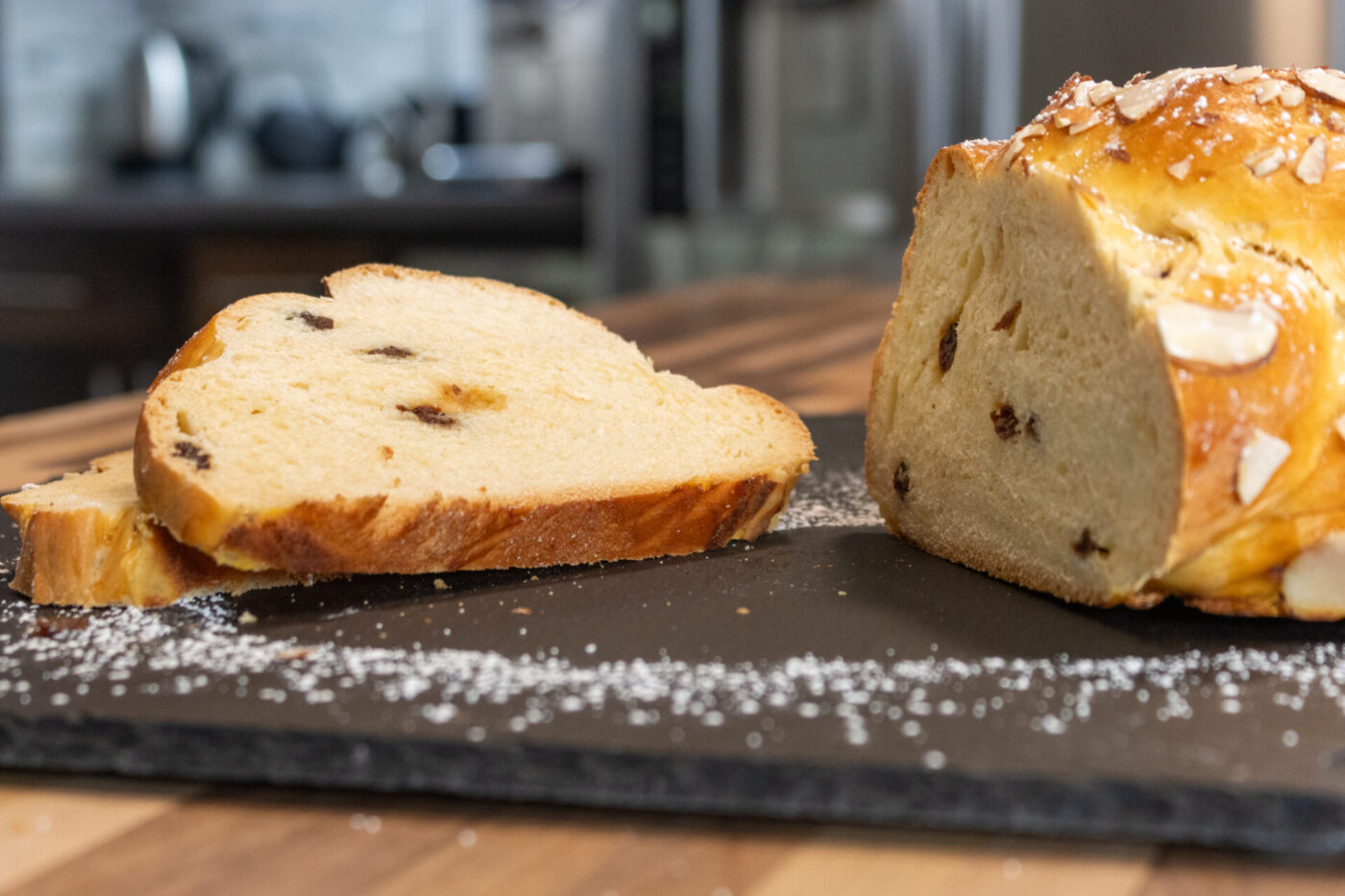
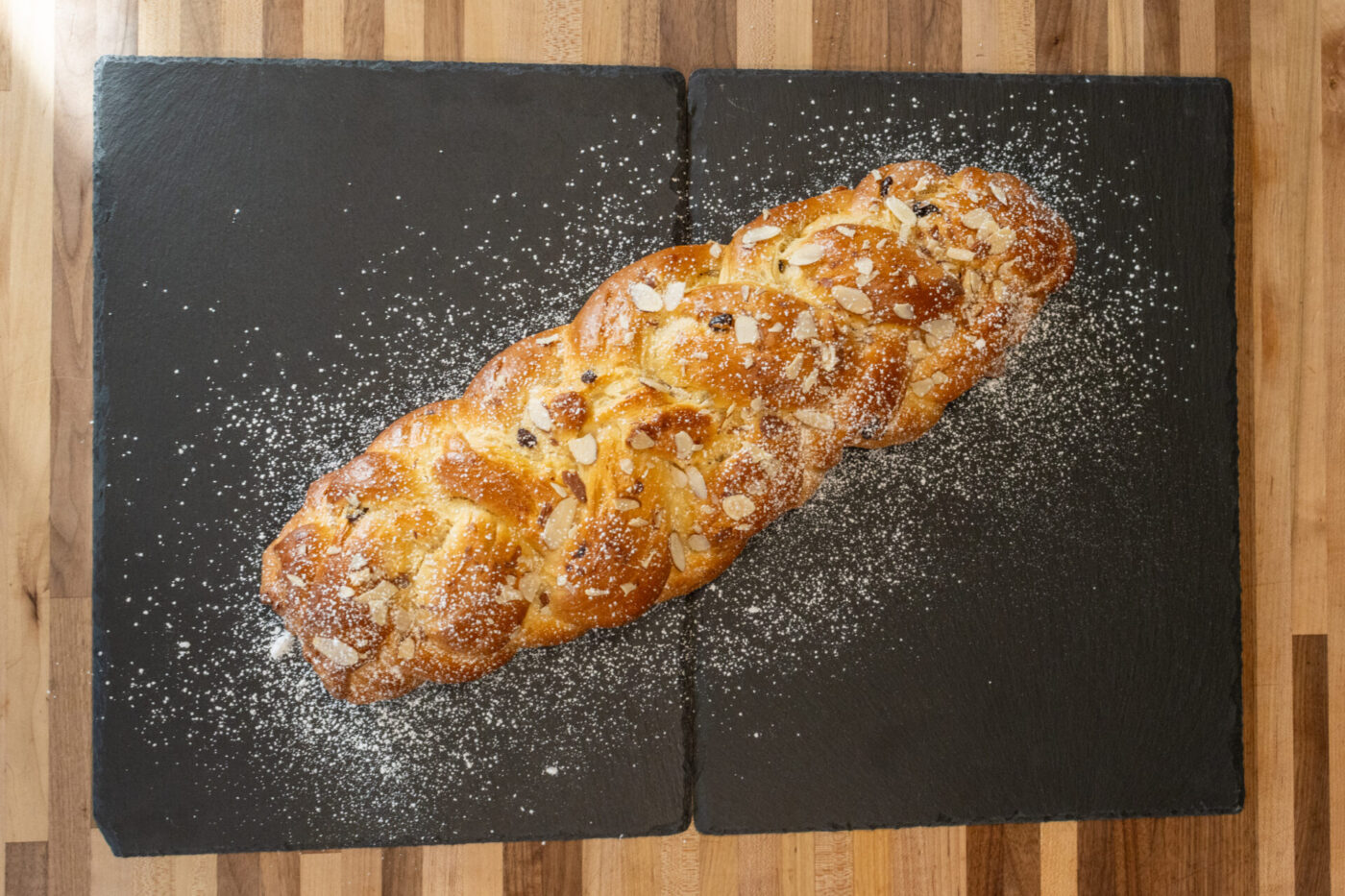
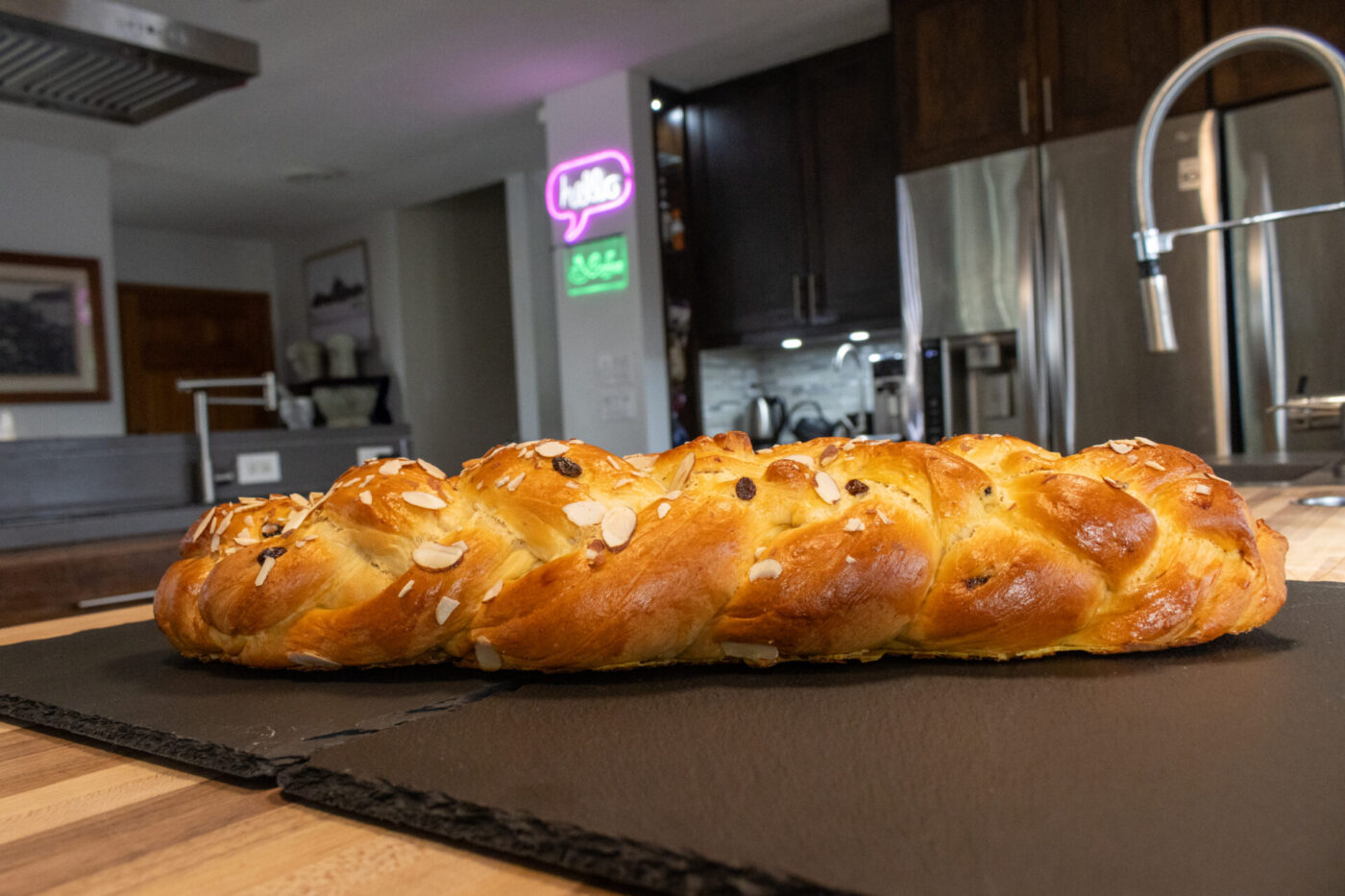
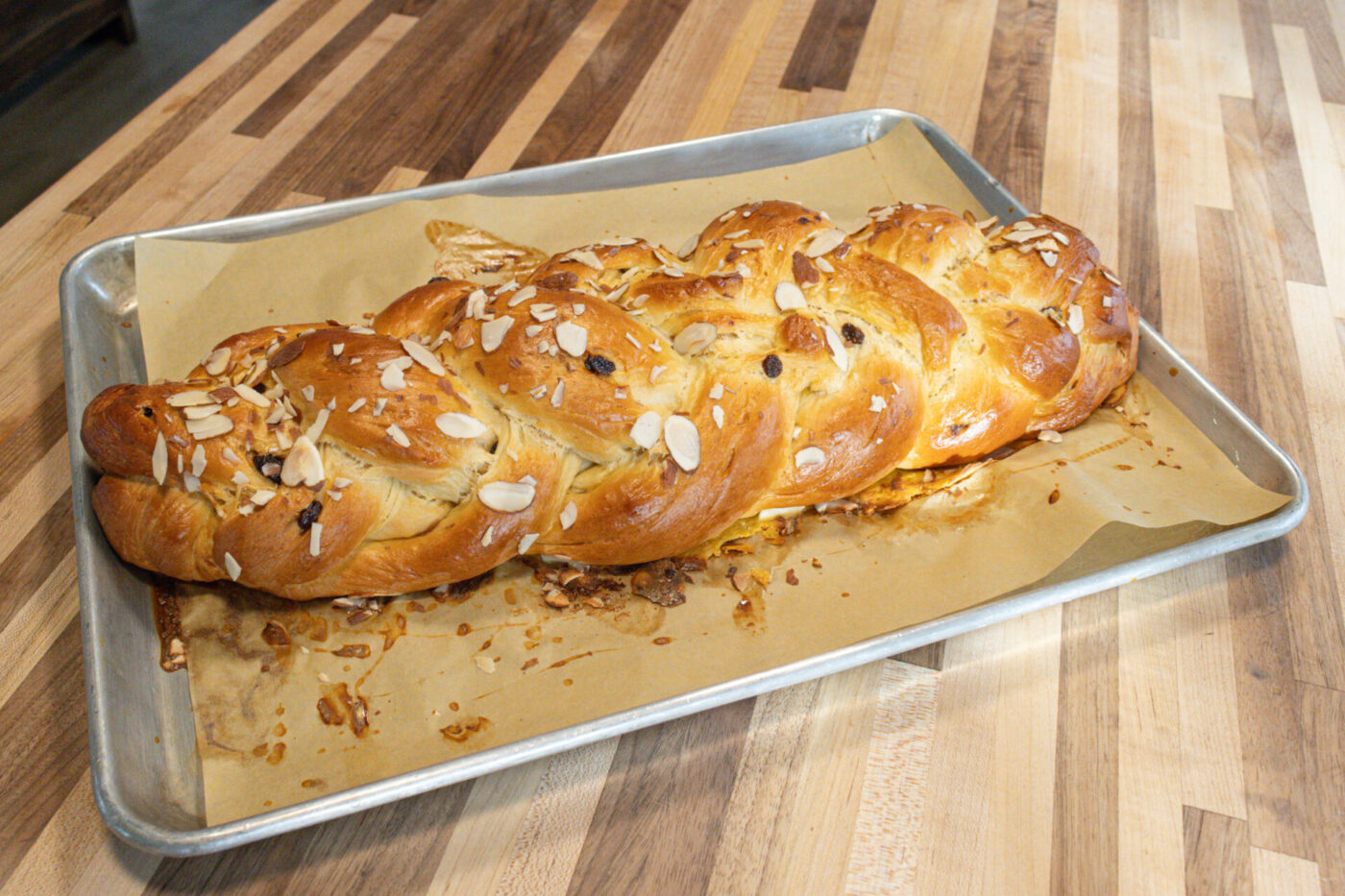
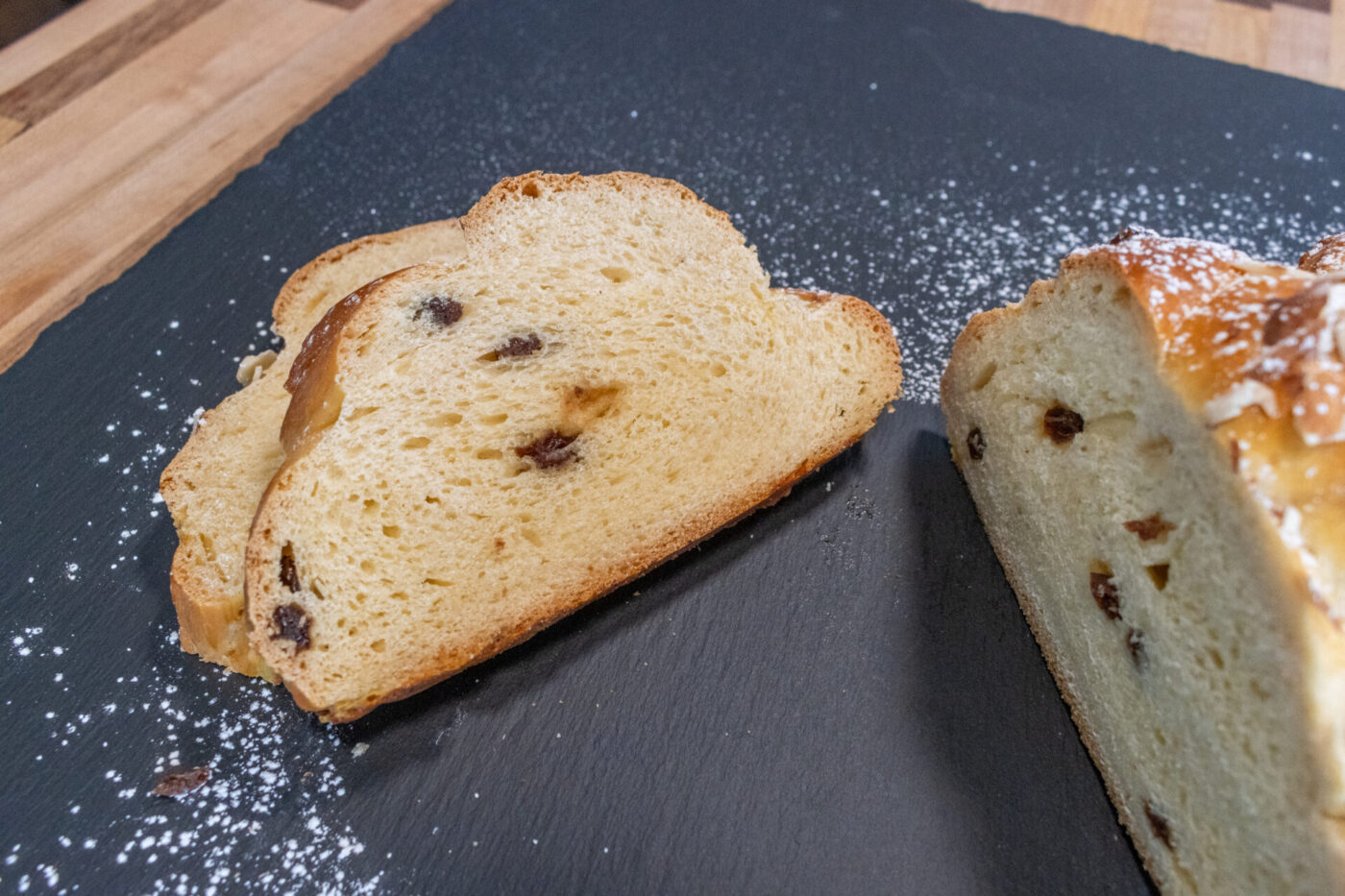
Share
Click on the icons below to share "Title of the item to share"